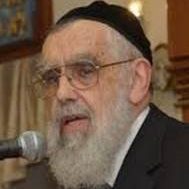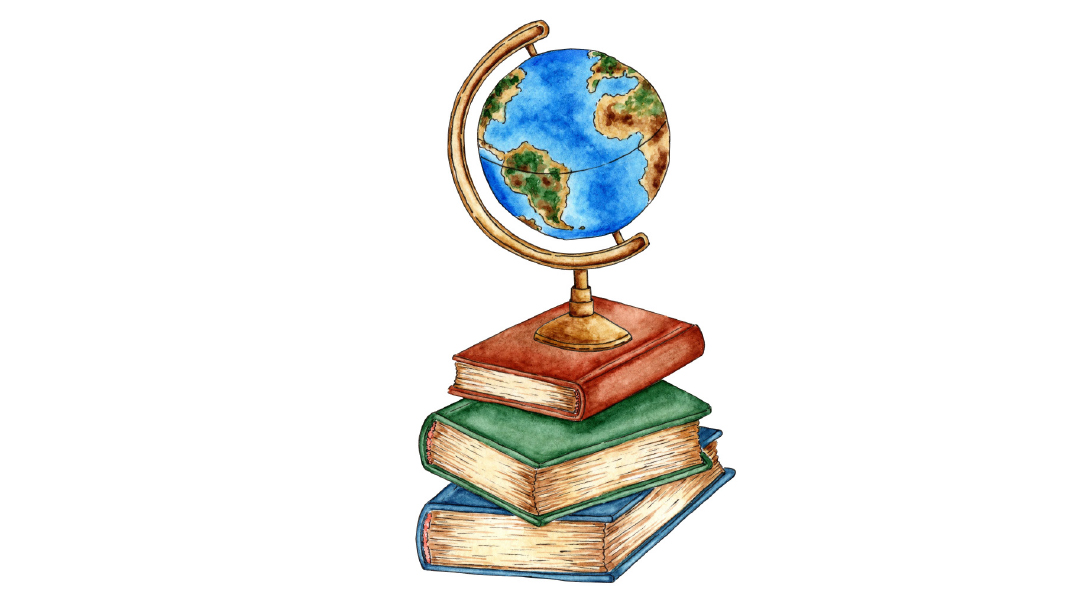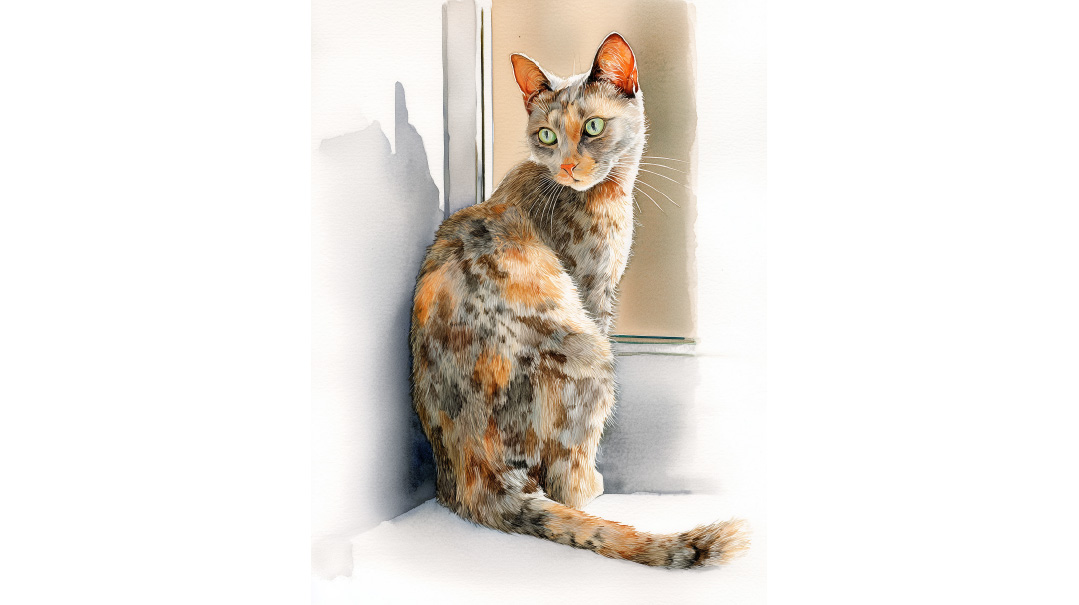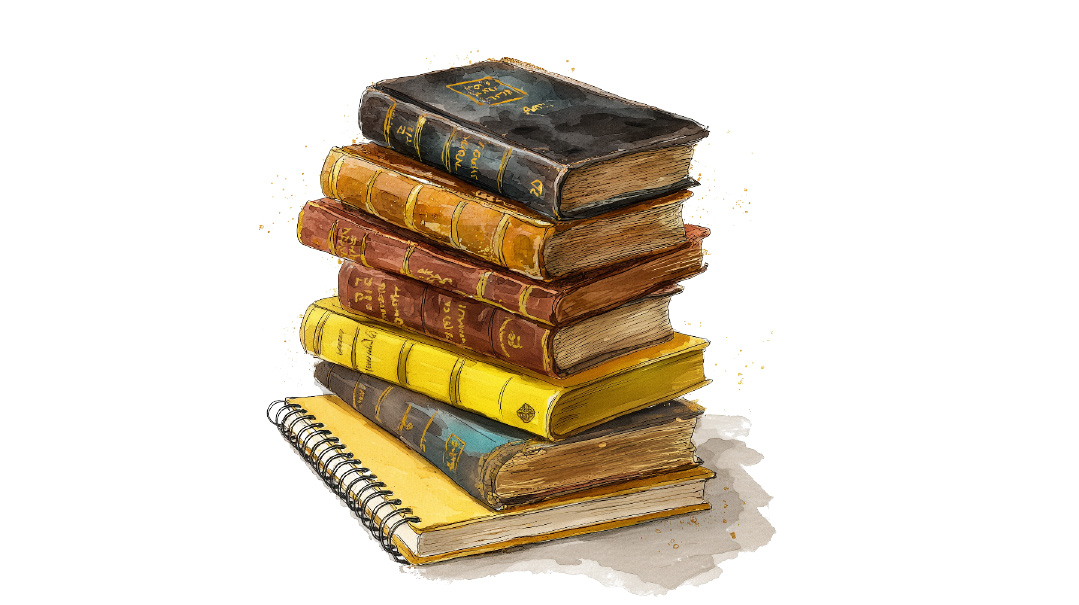Notes on the Shofar Notes

There is no single answer to the mystery of the shofar. But let us examine one approach
Although we have experienced Rosh Hashanah, a question still persists: What is it about the sounding of the shofar that Jews find so magnetic? Even those who do not observe mitzvos in general are irresistibly drawn to the awesome blasts of the shofar; the majestic proclamation of the tekiah, the weeping and sobbing of the shevarim and teruah. The shofar speaks a strange, mysterious language in an otherworldly voice, but somehow it resonates deeply within the Jewish soul.
There is no single answer to the mystery of the shofar. But let us examine one approach.
At the Creation, G-d made of us a nefesh chayah, a living human being, when He breathed into us the nishmas chayim (Bereishis 2:7). What is a nishmas chayim? Normally translated as “breath of life,” it is that quality which distinguishes man from the beast, that which constitutes the dynamic, striving, adventurous, fervent, enterprising, vibrant, choosing human being. That nishmas chayim which G-d infused into us transfigured a lump of earth into a human being, converting a clod of mud into Adam.
On Rosh Hashanah, we express our indebtedness to Him for His gift of life by offering up to Him the essence of our own lives, our very breath. And we offer it through the medium of the shofar, whose sound is formed not of words but only of human breath — a sound shaped by the horn of the ram.
Why the ram? Because the ram is the symbol of sacrifice. Were it not for the horn of this ram, which was caught in the thicket and forced to come to a stop near Avraham at the Akeidah sacrifice of Yitzchak, it would have simply proceeded on its way, and Avraham would have been bereft of any substitute offering for his son Yitzchak.
Through the shofar, we now offer that back to G-d. We symbolically surrender our very essence to G-d , and we do so through the ancestral vehicle of sacrifice, the horn of the ram. Using our breath, we relive the Akeidah, offering our very lives, our very breath, back to G-d. Ordinary human words would be inadequate and insufficient to express our sense of awe and wonder at being in the very presence of G-d. Only wordless human breath will suffice.
Thus, on Rosh Hashanah we combine the two quintessential elements of our lives as Jews, and forge them into one: our very existence and our willingness, like Avraham, to surrender that existence to the will of G-d. The shofar represents a reenactment of 1) the creation of man as a living creature; and 2) a reenactment of man’s surrender to the will of G-d.
This is especially appropriate for Rosh Hashanah, for this is the anniversary of the creation of man, when all of us stand before Him and ask for another extension of our original nishmas chayim.
So it is that the breath of G-d vivifies man and animates him, while the wordless breath of man, through the shofar, represents our gratitude for His gifts and reanimates us and our yearning to connect with Him. Thus, we have tekiah, shevarim-teruah, tekiah: in each series, the two triumphant and majestic tekios, are punctuated by the weeping and sobbing of shevarim and teruah — tears of regret for the lost opportunities of the past, and tears of joy at nevertheless being united once again with the King of Kings.
That the Jewish soul resonates to the call of the shofar is therefore not surprising. “Ashrei ha’am yodei teruah — Blessed is the nation that knows and understands the sound of the Teruah.” Rosh Hashanah might have come and gone, but its message lingers on until eternity.
(Originally featured in Mishpacha, Issue 930)
Oops! We could not locate your form.






